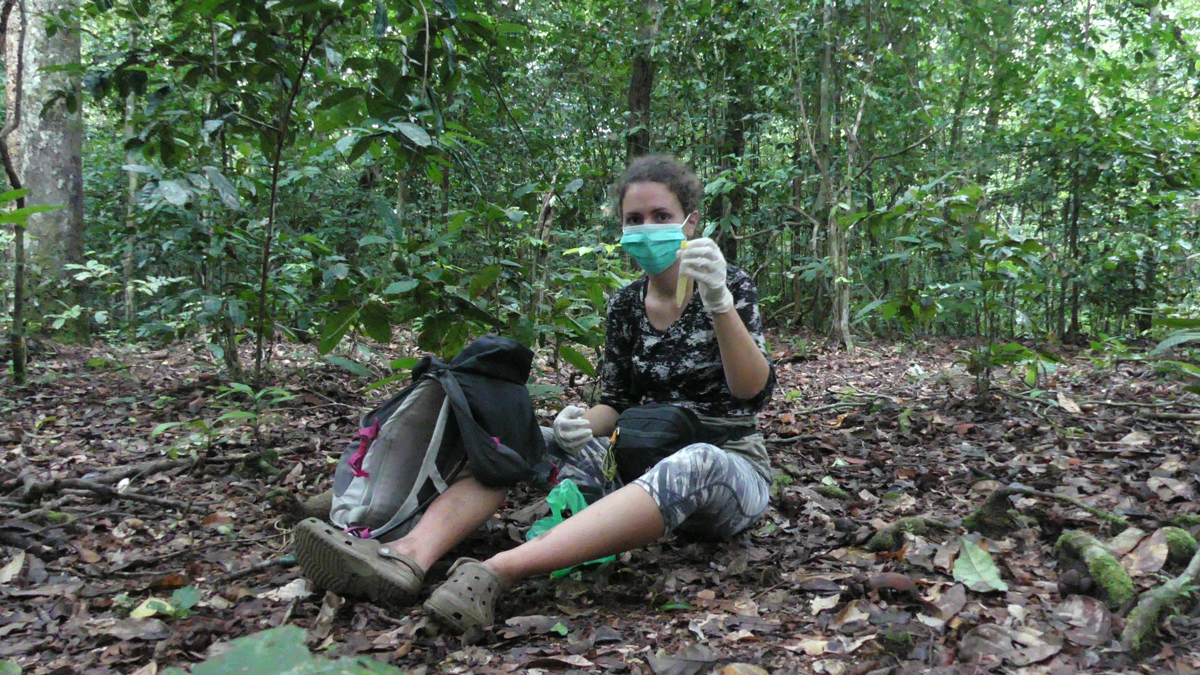
Harmonie Klein is a PhD candidate at the Max Planck Institute for Evolutionary Anthropology. She received a Leakey Foundation grant in 2019 for her project entitled: “Hunting strategy and food sharing in wild central African chimpanzees.”
The Loango Chimpanzee Project field station is situated in the Loango National Park, Gabon. This park is bordered by a lagoon to the west and the Atlantic Ocean to the east. The camp, Ozouga (Sacoglottis gabonensis tree in Gabonese), is located in the middle of the savannah, at the end of the only park road. The camp is surrounded by forest.

The Loango National Park is a mosaic of different habitat types ranging from marine habitats to coastal lagoons, mangrove swamps, coastal forest, secondary and primary forest, to open savannah.

Our camp is organized around a main room containing the main office and the dining area, where the team eats together every evening. There is a small kitchen, a banda for sitting around the fire, a house shared by our trackers, a garage, a laboratory, a special visitor room, a hygienic airlock, and several small houses per assistant.

Our team changes every year with the arrival of new field assistants. The permanent team is made of the cook, Christo; the driver and mechanic, Serge; five local guides, Fredy, Borince, Darly, Juldas, and Stephane. Currently, the additional team members are the manager, Matt; two PhD students, Lara and myself; a veterinary assistant, Laure, and a field assistant, Louise.

At least three communities of chimpanzees from the central African subspecies (Pan troglodytes troglodytes) live in the Loango National Park. This population is one of the least studied across Africa. In 2005, researchers from the Max Planck Institute began the habituation of one of these groups, the Rekambo community. Full habituation occurred in 2017, during my first field season.
There are currently about 47 individuals including seven adult males, 17 adult females, six adolescent males, four adolescent females, and a number of juveniles and infants.
A typical day in the forest begins at 6:00 am. Our team members jump on quads to reach the forest earlier and to avoid any dangerous encounters with elephants in the dark. We often arrive to the previous day’s chimpanze nesting place before the chimpanzees wake up in the morning. We follow the group all day long, collecting data until they nest again at around 6:00 pm. Our team should always leave the forest before it gets dark, due to elephant danger.
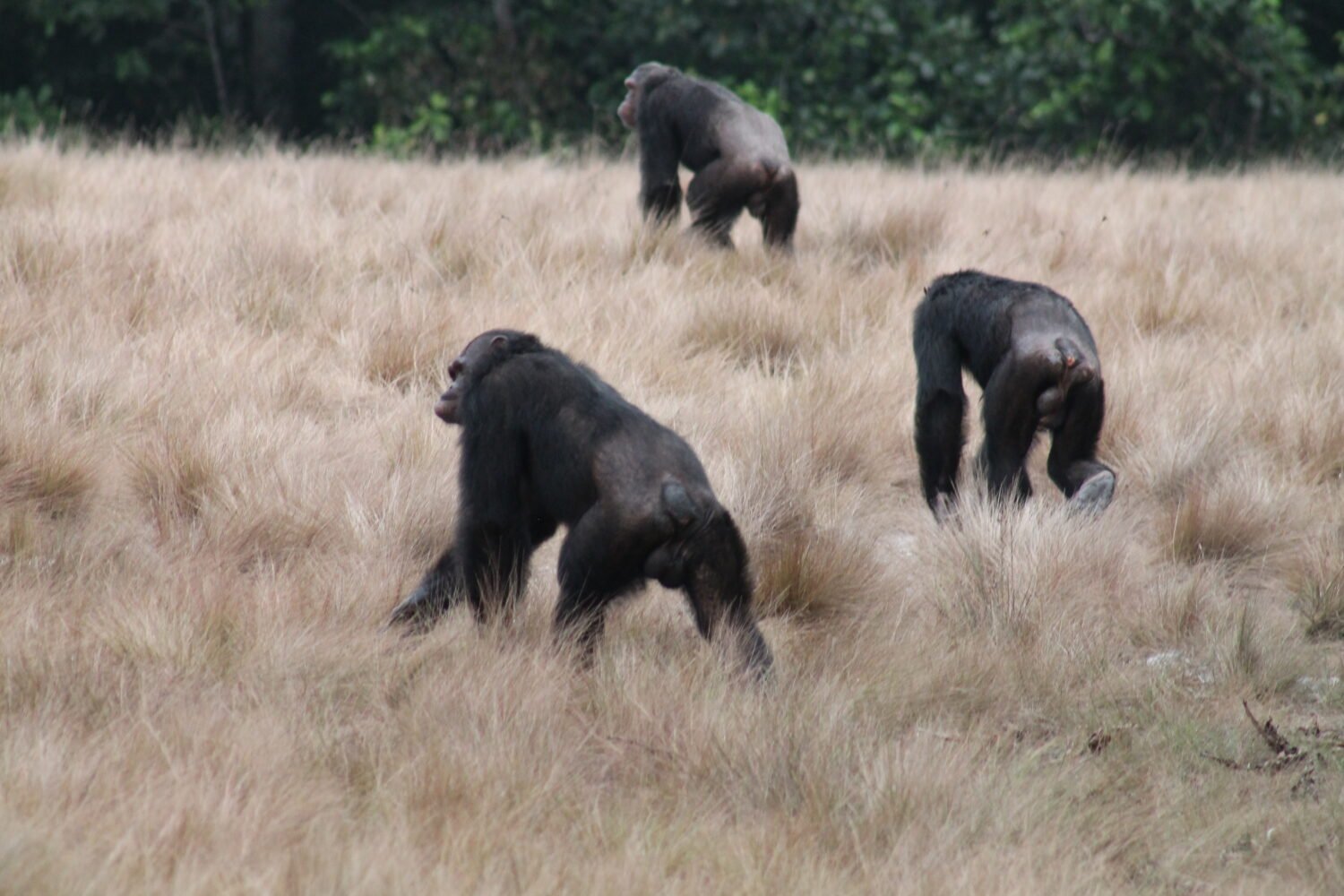
I am most interested in chimpanzee hunting and food sharing. The improvement of habituation among the chimpanzees in the Loango National Park has allowed us to made a lot of interesting observations during the three past years. We first observed the first, never reported elsewhere, predation by chimpanzees on tortoises (Kinixys erosa) through a percussive technology. This behavior, mainly performed by adult males, appears to be common. It occurs mainly in the dry season and it always leads to meat sharing with other community members. One fascinating thing we observed is active sharing where the prey owner facilitated the meat transfer and even gave meat without any previous begging. This is a rare behavior observed in only 1.2% of the food transfers among chimpanzees.
Regarding mammal predation, the Rekambo chimpanzee show interesting hunting behaviors, different from the hunting behaviors reported in other chimpanzee populations. This is the topic of one of my future papers which is in press. Details are coming soon… I can however specify that the most interesting thing is that we have the feeling that the Rekambo chimpanzee are collaborating when hunting. If we demonstrate it in this project, we will be able to shed new light to the existence of cooperation in chimpanzees.
Currently it is not the main hunting season, so we are not observing too many events but in April, chimpanzees will begin to hunt almost every day and sometimes several times per day so this story is “To be continued…”
Read Harmonie Klein’s “Grantee Spotlight” to learn more about her research!


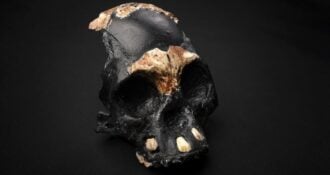
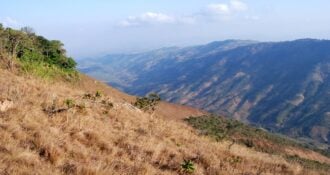
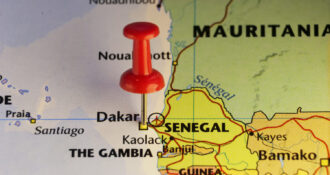

Comments 0